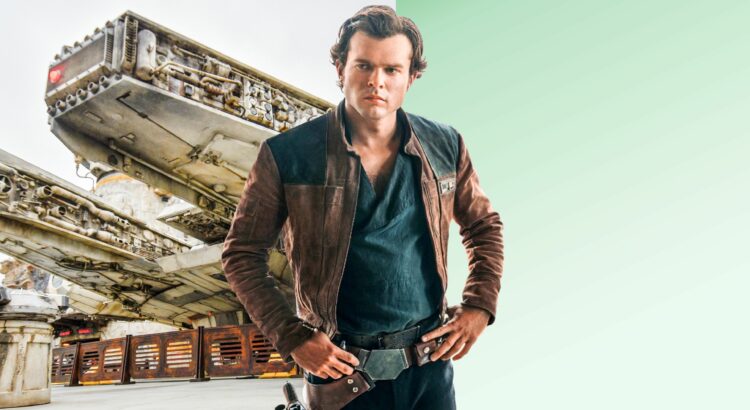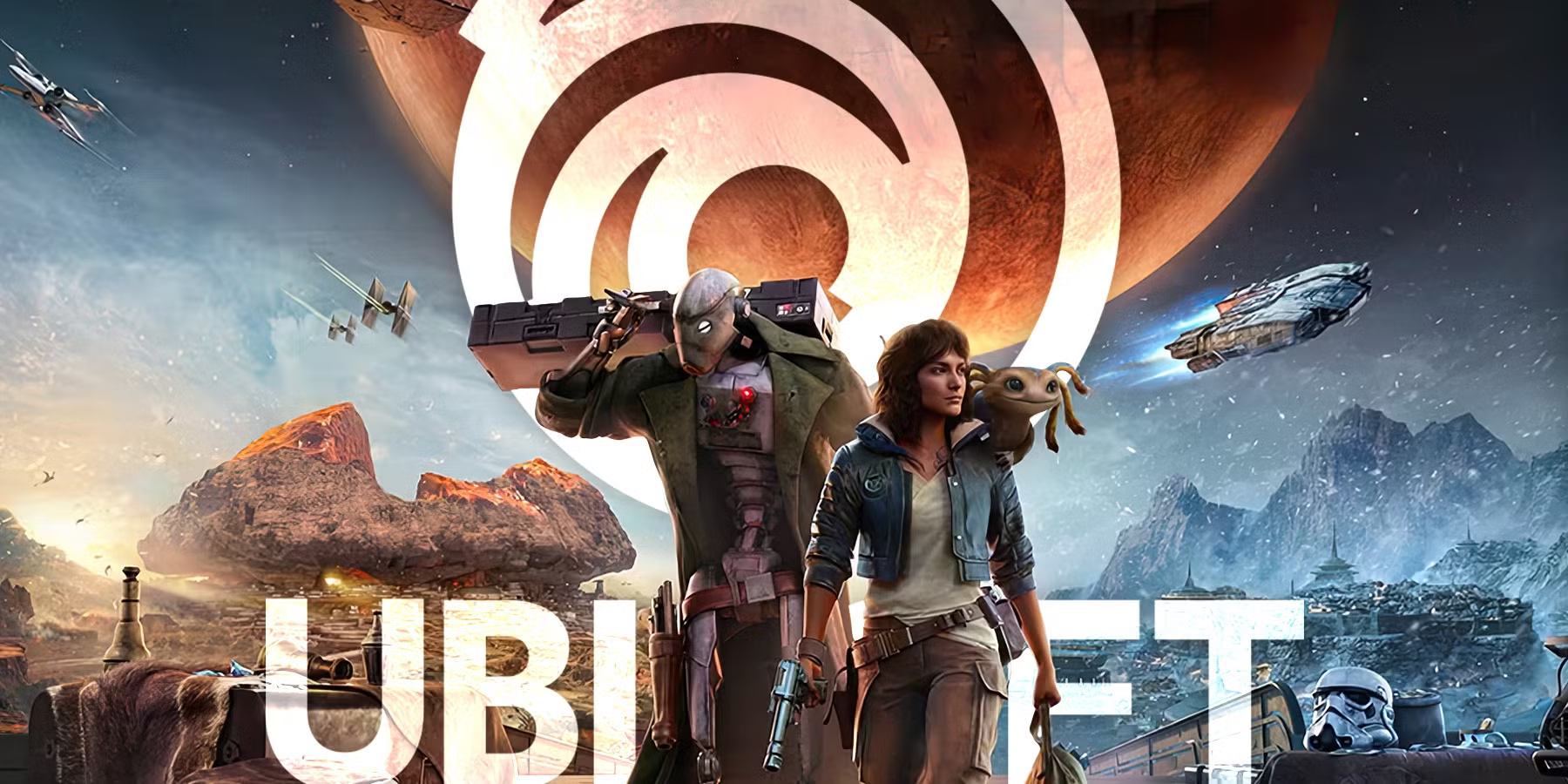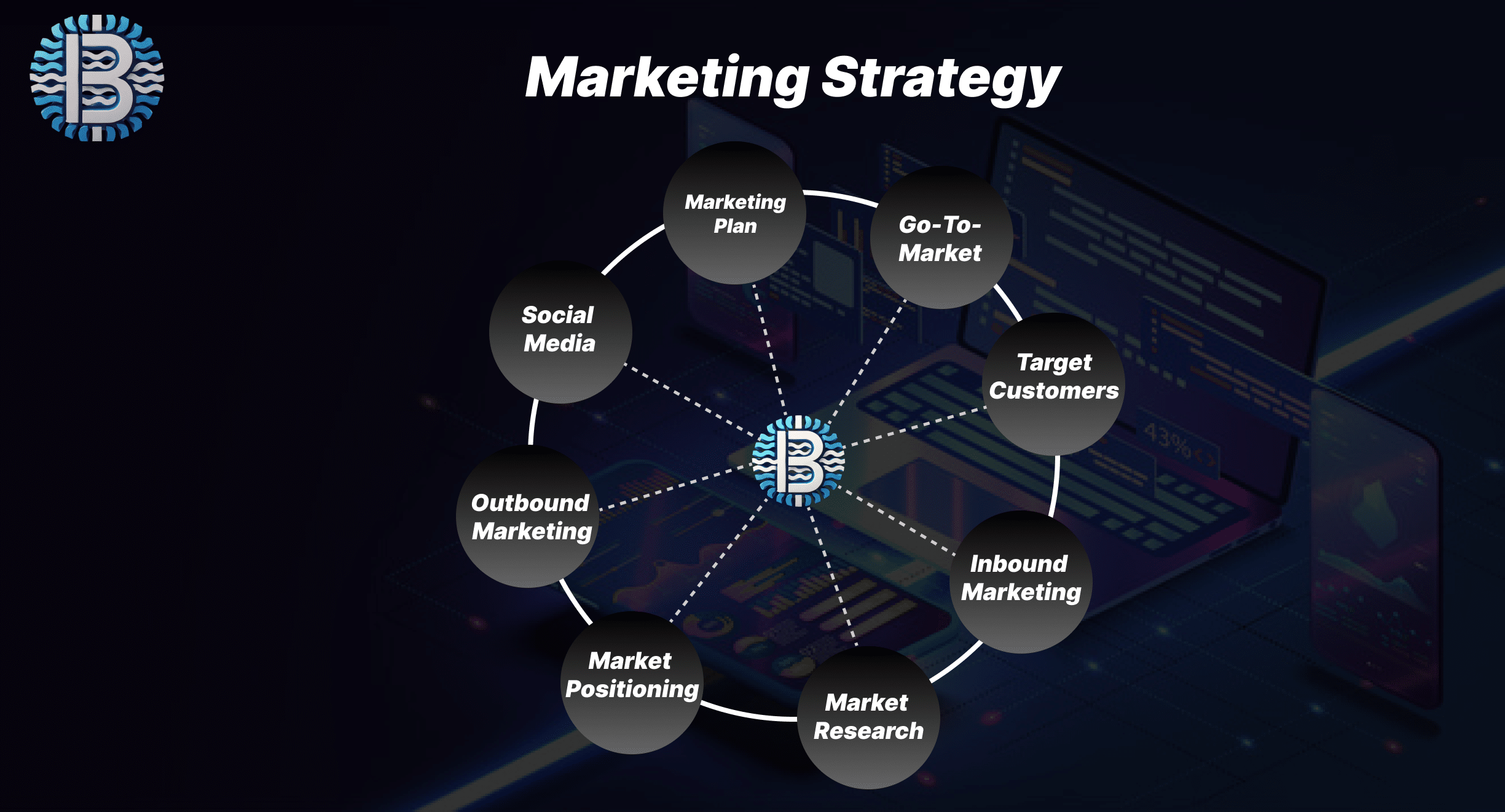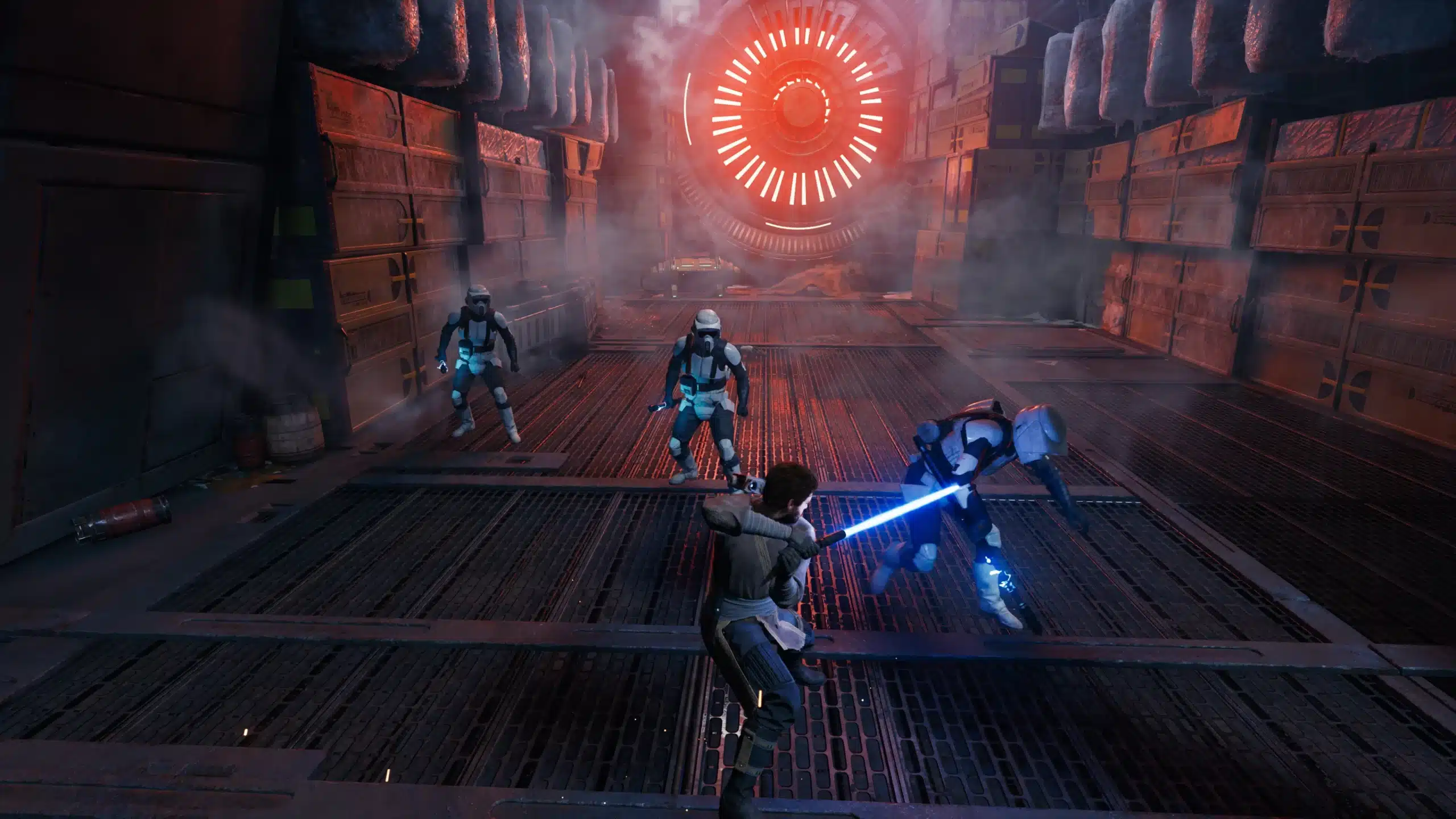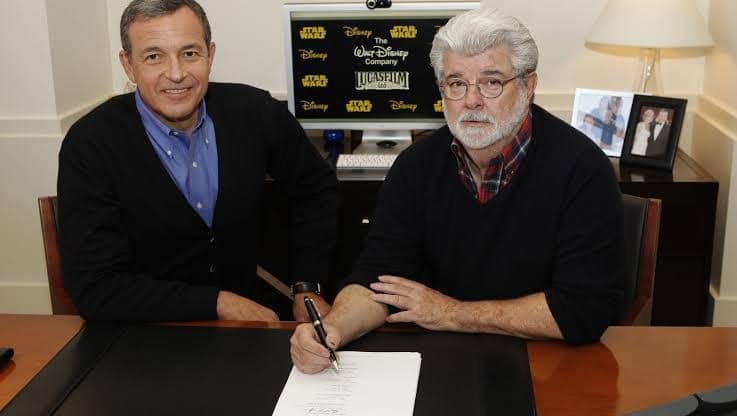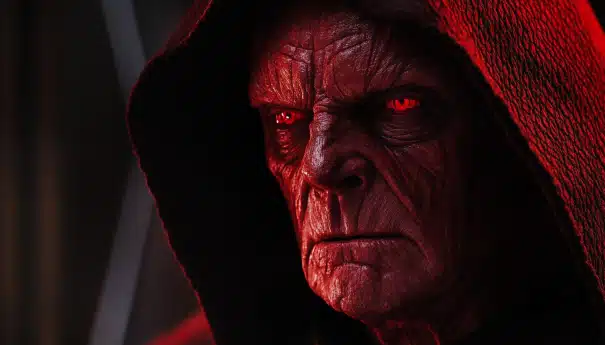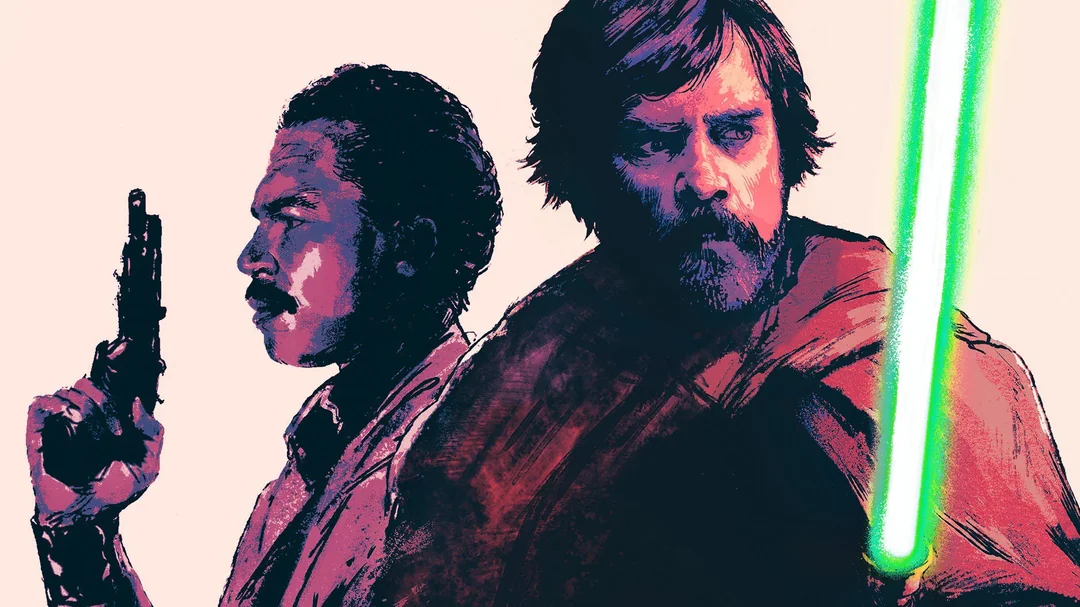Disney’s 2018 film Solo: A Star Wars Story should’ve been a slam dunk—a tale of one of the most beloved characters, Han Solo, packed with A-list stars like Emilia Clarke and Donald Glover, and fresh on the heels of Rogue One, which grossed over $1 billion. But somewhere along the way, Solo ended up with a price tag that would make even the Galactic Empire shudder and a box office total that led Disney to re-evaluate its Star Wars movie strategy.
So what really happened with Solo’s budget? Why did it cost so much, and how did it affect Disney’s Star Wars approach? Let’s dive into the fascinating saga of Solo’s finances, from director changes to production credits, and find out why the movie might be the most expensive misfire in the Star Wars universe.
The Basics: Solo’s Budget Breakdown
When Disney green-lit Solo, the plan was simple: produce a character-driven origin story on a “relatively modest” budget of around $125 million, much like Rogue One. Then, as they say, “the force” had other ideas. Just weeks before wrapping, directors Phil Lord and Christopher Miller were fired due to “creative differences.” Ron Howard, the acclaimed director of Apollo 13 and The Da Vinci Code, was brought on board to bring things back in line.
Howard not only had to finish the film but also conduct extensive reshoots—roughly 70% of the movie was filmed again. As a result, Solo’s budget skyrocketed to an estimated $275 million (and some estimates put it even higher).
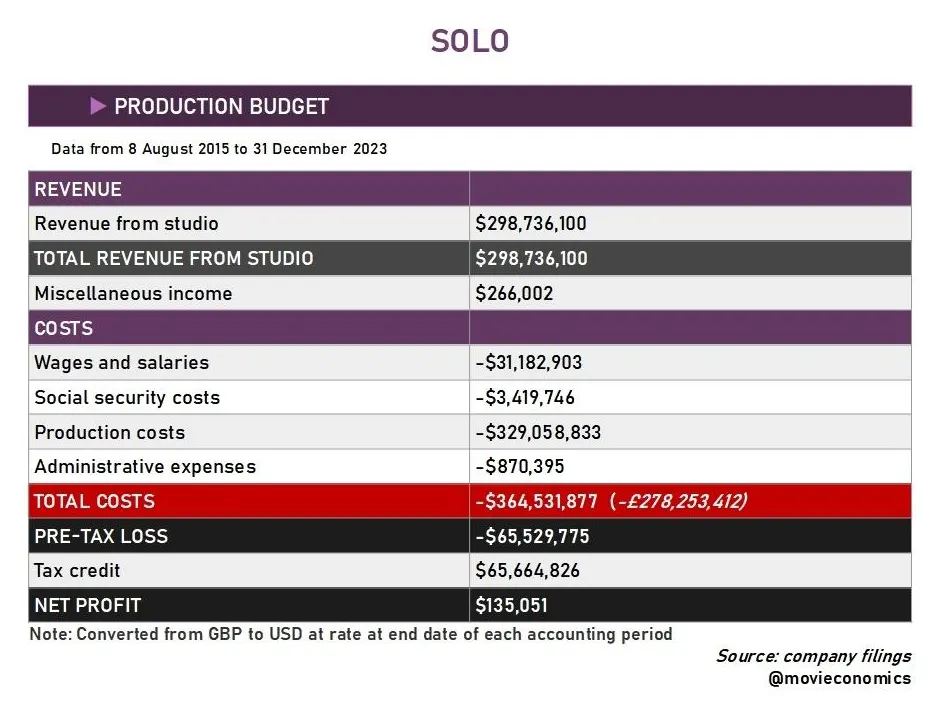
Reshoots Galore – And What They Mean for a Budget
Imagine baking a cake only to be told to throw 70% of it away and start again, but this time, with pricier ingredients. Reshoots can make or break a film’s budget, and for Solo, they absolutely made it. Ron Howard’s new vision meant redoing numerous scenes, coordinating cast availability (including big names like Woody Harrelson), and managing all the logistics involved in filming nearly an entire movie twice.
The cost of reshoots is often swept under the rug, but in Solo‘s case, it doubled the initial budget. The challenge? The film now had to earn almost twice as much just to break even. This was particularly tough given its release date and competition, which brings us to our next section.
Release Date: Timing is Everything
If the Star Wars franchise has taught us anything, it’s that timing is critical. Released in May 2018, Solo landed just six months after the highly divisive The Last Jedi. That rapid release pace contributed to what’s known as franchise fatigue. After years of waiting years between movies, Star Wars fans weren’t accustomed to seeing films so close together.
Additionally, Solo had stiff competition. It went up against Deadpool 2 and Avengers: Infinity War, both of which were already dominating theaters. As a result, Solo’s box office haul was less than stellar, grossing only about $392.9 million worldwide, which included around $213 million domestically..
Understanding the UK Production Credit
One of the fascinating twists in Solo’s production saga is how Disney managed to cut some of its costs through a UK tax credit known as the Audio-Visual Expenditure Credit. Filming a large part of Solo in the UK qualified Disney for a tax rebate of about 25.5% on all UK-related production expenses, which included a portion of salaries, post-production, and more. This is a standard tactic for major Hollywood films shot overseas, and for Solo, it ended up being a significant financial cushion.
But here’s the kicker: to qualify, Disney had to set up a dedicated UK entity, Stannum 50 Labs (UK), responsible for managing the film’s production exclusively in the UK. This structure allowed Disney to claim back approximately $65.7 million in tax rebates.

What Happened at the Box Office?
With such a high budget and a complicated production story, Solo faced an uphill battle at the box office. While Disney doesn’t reveal detailed marketing costs, industry experts estimate Solo’s promotional budget could have easily pushed total expenses close to $350-400 million. Given this investment, Solo would have needed to gross around $500 million to break even, and ideally closer to $700 million for a solid profit.
Instead, it raked in a modest $392.9 million, making it one of the only Star Wars films to lose money during its theatrical run. Part of this was due to the competition and timing, but the film also struggled with reviews and word-of-mouth buzz. Though it wasn’t critically panned, the film had a lukewarm reception from fans, many of whom didn’t feel an origin story for Han Solo was needed.
Why Did Solo Matter So Much?
The financial loss on Solo was significant, but it didn’t spell disaster for Disney. The Star Wars franchise is resilient, and Disney quickly shifted its focus toward streaming shows and smaller-scale Star Wars projects, like The Mandalorian and Obi-Wan Kenobi. These series have been highly successful on Disney+, proving that Star Wars is just as viable on streaming platforms as it is on the big screen.
However, Solo’s failure did change Disney’s approach to the franchise. Projects like the planned Boba Fett movie were put on hold, and the ambitious slate of Star Wars films was significantly scaled back. Essentially, Solo became a lesson in the risks of franchise expansion and high-budget projects for a saturated market.

The Bottom Line: Solo’s Financial Legacy
With all the complexities around Solo’s budget, production, and tax credits, it’s clear that this was a learning experience for Disney. While Solo didn’t achieve the blockbuster success Disney hoped for, it has contributed to a new era of Star Wars, one that leans more heavily on streaming and episodic content.
What’s Next for Disney and Star Wars?
After Solo, Disney took a break from theatrical Star Wars releases, focusing instead on developing a robust lineup of streaming series for Disney+. Shows like The Mandalorian, The Book of Boba Fett, and Obi-Wan Kenobi have been huge successes, drawing audiences back into the Star Wars universe on a smaller scale.
This approach allows Disney to create more character-driven, intimate stories without the financial risk of a $300 million blockbuster. And let’s be honest—watching Star Wars from the comfort of our own homes has its perks.
While Disney may return to theatrical Star Wars films, Solo served as a costly reminder that not every story needs the big-screen treatment, even in a galaxy far, far away. The studio’s shift to streaming has rejuvenated the franchise, proving that Star Wars is adaptable, whether on the silver screen or on our laptops and TVs.
Conclusion: Solo Wasn’t a Total Loss
Though Solo struggled financially, it provided Disney with valuable insights into the ever-evolving Star Wars fandom and box-office market. From complex production structures to a failed release strategy, the film highlighted the challenges of managing a massive franchise in an era of rapid content consumption.
With Solo’s legacy as a cautionary tale, Disney seems to have found a new rhythm for Star Wars. And who knows—maybe Han Solo would’ve approved of taking the story back to its roots, a little less spectacle and a lot more heart.


